Home>Garden Essentials>How To Grow Lemon Seeds
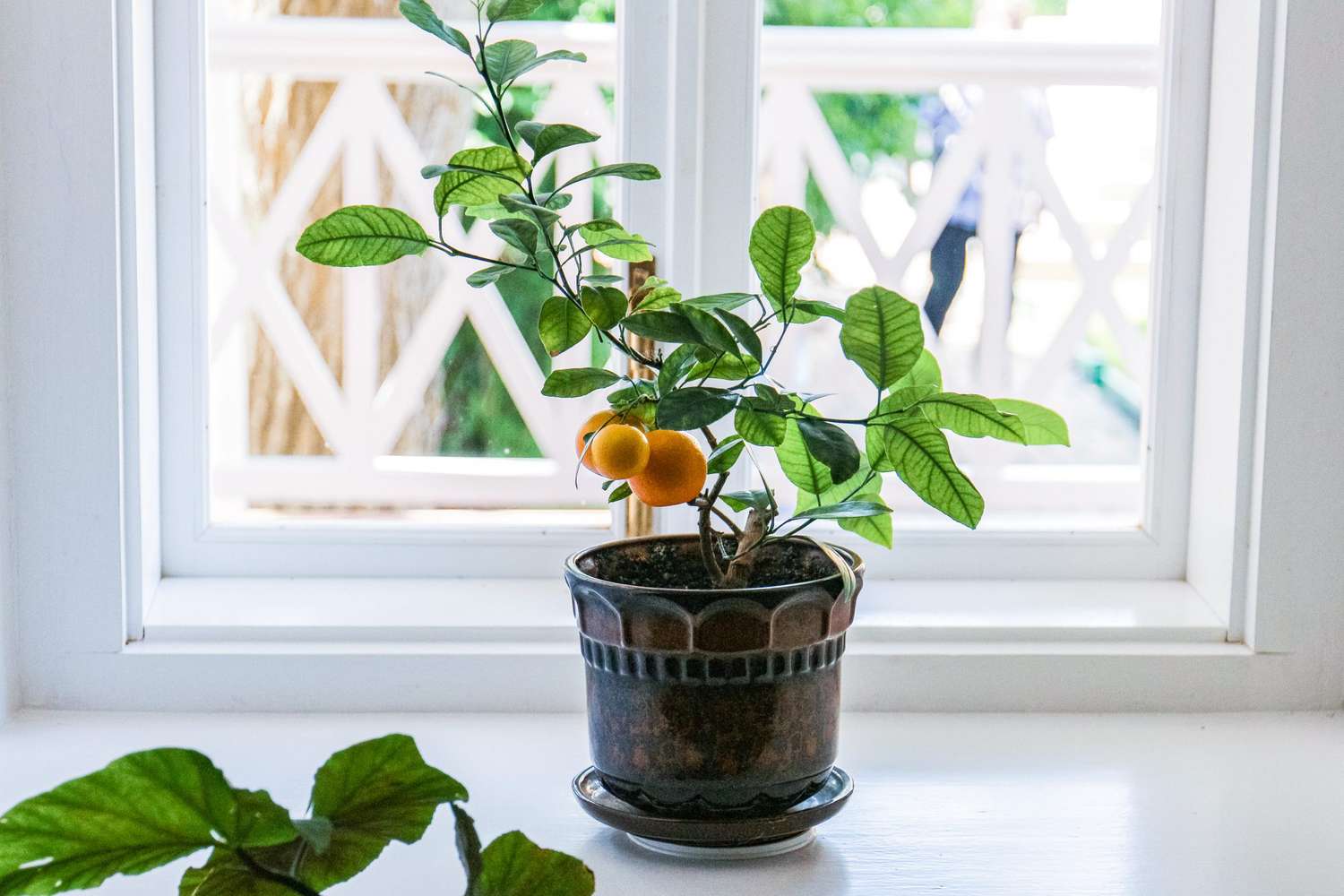

Garden Essentials
How To Grow Lemon Seeds
Modified: March 15, 2024
Learn how to grow lemon seeds in your garden with our step-by-step guide. Start your own citrus garden and enjoy the fresh taste of homegrown lemons!
(Many of the links in this article redirect to a specific reviewed product. Your purchase of these products through affiliate links helps to generate commission for Storables.com, at no extra cost. Learn more)
Introduction
Welcome to the world of gardening, where the satisfaction of growing your own plants and produce knows no bounds! If you have ever wanted to add a touch of citrusy freshness to your garden, growing lemon trees from seeds can be a rewarding and fulfilling journey. Not only will you get to experience the joy of nurturing a plant from its infancy, but you’ll also eventually get to enjoy the bountiful harvest of fragrant and juicy lemons.
Gathering lemon seeds is the first step in this exciting process. You can easily obtain lemon seeds by saving them from the lemons you purchase from the grocery store or by asking friends and family for their leftover lemon seeds. It’s important to note that lemon trees grown from seeds may not produce fruit that is identical to the lemon variety you obtained the seeds from. However, these trees often have their own unique characteristics, making them a delightful addition to any garden.
Once you have your lemon seeds ready, it’s time to prepare the soil. Lemon trees thrive in well-drained soil with a slightly acidic pH level. You can either use a commercially available potting mix or create your own mix using equal parts of garden soil, compost, and perlite or vermiculite for better drainage. Make sure to choose a large enough container that allows the roots of your lemon tree to grow freely.
Now that your soil is ready, it’s time to plant the lemon seeds. Gently place the seeds about half an inch deep into the soil, making sure they are evenly spaced. Water the seeds thoroughly and cover the container with a plastic wrap or a clear plastic bag to create a greenhouse-like environment. This helps to retain moisture and promote germination. Place the container in a warm and sunny location, preferably near a window, where the seeds can receive ample sunlight.
Key Takeaways:
- Growing lemon trees from seeds is a rewarding journey that requires patience and care. From gathering ripe seeds to providing proper soil and sunlight, the process is filled with joy and satisfaction.
- Proper care, including watering, sunlight, and fertilization, is essential for the healthy growth of lemon seedlings. Managing pests and diseases, pruning, and harvesting ripe lemons ensure a bountiful and flavorful harvest.
Read more: How To Grow Lemons From Lemon Seeds
Gathering Lemon Seeds
Gathering lemon seeds is an essential step in growing your own lemon trees. Fortunately, it’s a simple and accessible process that anyone can do. Here’s a step-by-step guide to help you successfully gather lemon seeds:
- Choose ripe and healthy lemons: Look for lemons that are fully ripe and free from any signs of damage or disease. Ripe lemons are usually yellow in color and have a slightly soft texture when gently squeezed.
- Extract the seeds: Cut the lemon in half and extract the seeds using your fingers or a spoon. Be careful not to damage the seeds during the extraction process.
- Clean the seeds: Rinse the extracted lemon seeds with water to remove any pulp or residue. Gently pat them dry with a paper towel.
- Prepare for storage: Once the seeds are clean and dry, place them on a paper towel to air-dry for a day or two. This helps to ensure that all moisture is removed, which prevents mold or fungal growth.
- Store the seeds: Store the dried lemon seeds in a cool and dry place. You can use small envelopes or labeled ziplock bags for easy organization.
It’s important to note that lemon seeds have a relatively short shelf life. Therefore, it’s best to use them within a few weeks of extraction to maximize their chances of germination. If you plan on storing them for a longer period, you can also consider freezing the seeds in an airtight container to preserve their viability.
Keep in mind that lemon trees grown from seeds may not produce fruit that is identical to the parent plant. Lemon trees are often cross-pollinated by insects, resulting in genetic variations. However, this adds excitement and surprise to your gardening experience as you’ll have the opportunity to grow unique lemon tree varieties with their own distinct traits.
Now that you have your lemon seeds ready, it’s time to prepare the soil and embark on your journey to grow your very own lemon tree!
Preparing the Soil
When it comes to growing lemon trees, having the right soil conditions is crucial for their successful growth and development. Lemon trees prefer well-drained soil with a slightly acidic pH level. Here are the steps to prepare the soil for your lemon tree:
- Choose the right container: Select a container that is large enough to accommodate the root system of your lemon tree. Ensure that the container has drainage holes at the bottom to prevent waterlogging, which can lead to root rot.
- Use a suitable potting mix: You have two options for creating a potting mix – using a commercially available mix or preparing your own. If you choose to make your own mix, combine equal parts of garden soil, compost, and perlite or vermiculite. This mixture allows for good drainage while retaining sufficient moisture for the roots.
- Ensure proper drainage: Proper drainage is essential for the health of your lemon tree. To enhance drainage, consider adding a layer of small rocks or gravel at the bottom of the container before adding the potting mix. This prevents the roots from sitting in water and ensures excess moisture can escape.
- Test soil pH: Lemon trees thrive in slightly acidic soil, ideally with a pH level between 5.5 and 6.5. You can test the pH of your soil using a soil testing kit available at garden centers or consult a local extension service. Adjust the pH as needed by adding organic amendments such as peat moss or elemental sulfur.
- Mix in organic matter: Incorporate organic matter, such as compost or well-rotted manure, into the potting mix to improve its structure and fertility. This helps provide essential nutrients to the lemon tree and promotes healthy root growth.
Once you’ve prepared the soil, it’s important to remember that lemon trees are sensitive to nutrient deficiencies, particularly in micronutrients like iron and zinc. To prevent such deficiencies, you can use a slow-release fertilizer specifically formulated for citrus trees. Follow the package instructions and avoid over-fertilizing, as it can lead to nutrient imbalance and damage to the tree.
By taking the time to adequately prepare the soil for your lemon tree, you’re setting the foundation for its growth and ensuring that it has the necessary environment to thrive. In the next step, we’ll explore how to properly plant the lemon seeds in the prepared soil.
Planting the Lemon Seeds
Now that you have gathered your lemon seeds and prepared the soil, it’s time to plant the seeds and kickstart the growth of your lemon tree. Here’s a step-by-step guide on how to plant lemon seeds:
- Choose the right time: Lemon seeds can be planted year-round, but it’s best to plant them in the spring when the temperatures are warming up. This provides the seeds with optimal growing conditions.
- Fill the container: Fill your chosen container with the prepared potting mix, leaving about an inch of space below the rim of the container.
- Plant the seeds: Gently press one or two lemon seeds about half an inch into the soil, spacing them evenly apart. Ensure that the pointed end of the seed is facing downward and the rounded end is facing up.
- Cover and water: Sprinkle a thin layer of the potting mix over the seeds to cover them. Lightly water the soil to ensure it is evenly moist but not waterlogged. Avoid overwatering, as excessive moisture can lead to seed rot.
- Create a greenhouse effect: Cover the container with a clear plastic wrap or place it inside a clear plastic bag. This helps create a greenhouse-like environment, trapping moisture and heat to promote germination. Make sure to leave some space for air circulation to prevent mold formation.
- Choose a suitable location: Place the container in a warm and sunny location where the seeds can receive at least 6-8 hours of direct sunlight. A south-facing window or a spot in the garden with ample sunlight is ideal.
- Monitor and water: Check the soil regularly to ensure it remains moist but not soggy. Water whenever the top inch of soil feels dry. Avoid letting the soil completely dry out or become waterlogged.
Germination typically takes anywhere from two to four weeks, but it can sometimes take longer. Be patient and continue providing the necessary care and conditions for the seeds to sprout. As the seedlings emerge and grow, you can remove the plastic cover to allow for better air circulation.
Remember that not all lemon seeds will sprout, and the germination rate can vary. It’s a good practice to plant multiple seeds to increase the chances of success. Once the seedlings have developed their first set of true leaves, it’s time to begin providing them with proper care and attention.
In the next section, we’ll delve into the essential steps and techniques for providing the right care to your lemon seedlings as they grow into healthy and thriving lemon trees.
Providing Proper Care
Once your lemon seedlings have sprouted and developed their first set of true leaves, it’s important to provide them with proper care to ensure their healthy growth and development. Here are some essential care tips to keep in mind:
- Watering: Lemon trees prefer consistently moist but not waterlogged soil. Water the seedlings whenever the top inch of soil feels dry. Avoid overwatering, as it can lead to root rot. Ensure proper drainage by emptying the saucer under the container after watering.
- Sunlight: Lemon trees thrive in full sunlight, so make sure to place the seedlings in a location where they can receive at least 6-8 hours of direct sunlight per day. If growing indoors, consider using grow lights to supplement the natural light.
- Temperature and humidity: Lemon trees prefer warm temperatures between 70-85°F (21-29°C). Avoid exposing them to extremely cold or hot conditions. Maintain a moderate level of humidity, as overly dry air can negatively affect the seedlings.
- Fertilizing: After the seedlings have grown a few inches tall, you can start fertilizing them. Use a balanced fertilizer specifically formulated for citrus trees. Follow the package instructions for the appropriate application rate and frequency.
- Pruning: As the seedlings grow, they may develop multiple stems. To encourage a strong central leader and a well-formed tree shape, prune away any extra stems or branches. This helps the tree focus its energy on the main stem for better growth.
- Support: If your lemon seedlings grow tall and appear weak, provide support by gently tying them to a stake. This helps promote upright growth and prevents the young plant from bending or breaking.
- Transplanting: As the seedlings continue to grow, they will outgrow their initial container. Once they have several sets of true leaves and are around 6-8 inches tall, it’s time to transplant them into larger containers or into the ground.
- Pest and disease control: Monitor your lemon seedlings regularly for any signs of pests or diseases. Common pests include aphids, scale insects, and whiteflies. Use organic pest control methods or consult with your local garden center for appropriate treatments.
It’s important to be patient and observant as you care for your lemon seedlings. They will gradually develop into strong and healthy lemon trees with proper care and attention. Keep an eye out for any signs of nutrient deficiencies, pest infestations, or disease symptoms. Address any issues promptly to prevent them from progressing and impacting the overall health of your lemon tree.
With the right care, your lemon seedlings will grow into robust and productive trees that will eventually reward you with juicy lemons. In the next section, we’ll explore how to transplant your lemon seedlings into their permanent growing location.
To grow lemon seeds, soak them in water for 24 hours, then plant them in a well-draining soil mix. Keep the soil moist and place the pot in a warm, sunny spot. Be patient, as it can take several weeks for the seeds to sprout.
Read more: How To Grow Lemon Balm Seeds
Transplanting the Lemon Seedlings
As your lemon seedlings continue to grow and develop, they will eventually outgrow their initial containers and need to be transplanted into larger pots or planted in the ground. Transplanting allows the roots of the seedlings to spread and establish a strong foundation for future growth. Follow these steps to successfully transplant your lemon seedlings:
- Timing: The ideal time to transplant lemon seedlings is when they are around 6-8 inches tall and have several sets of true leaves. This usually occurs after a few months of growth.
- Choose the right container or planting location: If transplanting to a container, select a pot that is at least 12 inches in diameter and has drainage holes. If planting in the ground, choose a well-draining spot with plenty of sunlight and enough space for the lemon tree to grow to its full size.
- Prepare the new container or planting hole: If using a new container, fill it with a well-draining potting mix, leaving ample space for the root ball. If planting in the ground, dig a hole that is wider and deeper than the root ball of the seedling.
- Remove the seedling from its original container: Gently tap the sides of the container to loosen the soil and carefully slide the seedling out. Be cautious not to damage the delicate roots.
- Place the seedling in the new container or hole: Position the seedling in the center of the new container or hole, making sure it sits at the same depth as it was in its original container. The top of the root ball should be level with the surrounding soil.
- Add soil and firm it gently: Fill in the gaps around the root ball with the potting mix or garden soil, ensuring that the soil is in close contact with the roots. Firm the soil gently to eliminate any air pockets.
- Water thoroughly: After transplanting, give the seedling a thorough watering to help settle the soil and encourage root establishment.
- Care after transplanting: Place the transplanted seedling in a location with full sunlight and continue to provide regular watering. Monitor the plant closely for the first few weeks to ensure that it adjusts well to its new environment.
Transplant shock is common when moving seedlings to a new location, so it’s important to give your lemon seedlings extra care and attention during this transition period. Avoid overwatering or fertilizing immediately after transplanting, as it can stress the plant even more. Gradually resume normal care routines once the seedling shows signs of recovery.
Transplanting lemon seedlings into larger containers or into the ground allows them to develop stronger root systems and provides more room for growth. With proper care and maintenance, your transplanted lemon seedlings will prosper and continue to grow into beautiful and productive lemon trees.
In the next section, we’ll explore common pests and diseases that can affect lemon trees and how to manage and prevent potential issues.
Managing Pests and Diseases
Just like any other plant, lemon trees are susceptible to a variety of pests and diseases. However, with proactive measures and regular monitoring, you can effectively manage and prevent common issues that may arise. Here are some tips for managing pests and diseases in your lemon trees:
- Monitor regularly: Regularly inspect your lemon trees for any signs of pests or diseases. Check the leaves, stems, and fruits for any discoloration, spots, or unusual growth.
- Integrated Pest Management (IPM): Implement an Integrated Pest Management approach, which involves using a combination of cultural, biological, and chemical controls to manage pests effectively while minimizing harm to the environment. This includes practices such as proper sanitation, attracting beneficial insects, and using organic pesticides as a last resort.
- Common pests: Some common pests that may affect lemon trees include aphids, scale insects, citrus leafminer, and whiteflies. Remove small infestations by hand or use a strong stream of water to dislodge them. For larger infestations, use organic insecticidal soaps or neem oil, following the directions on the product label.
- Disease prevention: Ensure good air circulation around the tree by pruning any crowded or crossing branches. Avoid excess moisture by watering the trees at the base rather than on the foliage. This helps prevent the development of fungal diseases such as citrus canker, powdery mildew, or root rot.
- Fungal diseases: If you notice signs of a fungal disease, such as discolored or wilting leaves, treat the tree with a fungicide specifically formulated for citrus trees. Follow the product instructions carefully and apply as directed.
- Citrus greening disease: Citrus greening, also known as Huanglongbing (HLB), is a devastating disease that affects citrus trees, including lemons. Prevention is key, as there is no cure for this disease. Purchase disease-free nursery stock, control pest populations, and remove and destroy any infected plants or fruits to minimize the spread of the disease.
- Organic pest control: Consider using organic and natural pest control methods, such as introducing beneficial insects like ladybugs and lacewings or using homemade remedies like garlic spray or oil sprays. These methods are safer for the environment and help maintain a balance in the garden ecosystem.
It’s essential to stay vigilant and act promptly if you notice any signs of pests or diseases. Early detection and intervention can significantly reduce the impact on your lemon trees and help keep them healthy and productive. If you’re uncertain about the specific issue affecting your lemon tree, consult with a local expert or contact your nearest agricultural extension service for guidance and advice.
By practicing good garden hygiene, implementing preventative measures, and taking appropriate action when needed, you can effectively manage pests and diseases and ensure the overall health and vitality of your lemon trees.
In the next section, we’ll dive into the importance of pruning your lemon tree and how to do it properly.
Pruning the Lemon Tree
Pruning is an essential practice for maintaining the health, shape, and productivity of lemon trees. Proper pruning encourages better air circulation and sunlight penetration, removes dead or diseased branches, and shapes the tree for optimal growth. Here’s a guide on how to effectively prune your lemon tree:
- Choose the right time: Pruning is best done during the dormant season in late winter or early spring, before new growth begins. This allows the tree to recover and divert energy to new growth after pruning.
- Start with sanitation: Before you begin pruning, remove any dead, damaged, or diseased branches. This helps prevent the spread of pests and diseases and maintains overall tree health.
- Thin out the canopy: Lemon trees can become dense and crowded, restricting airflow and sunlight penetration. Thin out the canopy by removing any crossing, rubbing, or crowded branches. This allows light to reach all parts of the tree and promotes better fruit production.
- Remove suckers and water sprouts: Suckers are shoots that sprout from the base of the tree, and water sprouts are vigorous vertical shoots that emerge from the branches. Remove these growths as they divert energy from the main tree and can hinder proper growth and fruit production.
- Prune to shape: Lemon trees can be pruned to a desired shape, such as an open vase or central leader. Remove branches that grow towards the center of the tree or cross each other. Aim for a well-balanced and evenly shaped tree.
- Consider the size of the tree: Depending on the available space and desired size of your lemon tree, you may need to prune more or less aggressively. Keep in mind the ultimate height and width of the variety you are growing and adjust your pruning accordingly.
- Use clean and sharp tools: Use clean and sterilized pruning shears or loppers to prevent the spread of diseases. Make clean cuts, avoiding jagged edges, to promote faster healing of the tree.
- Step back and assess: Step back occasionally while pruning to evaluate the overall shape and balance of the tree. This helps ensure that you achieve your desired outcome and maintain a visually appealing tree.
Remember, pruning should always be done with care and moderation. Avoid excessive pruning, as it can weaken the tree and reduce its productivity. It’s better to prune lightly and regularly throughout the year rather than removing a large amount of growth at once.
Pruning not only improves the health and appearance of the lemon tree but also helps in controlling its size, making it more manageable in smaller gardens or containers. With proper pruning, you can maintain a well-shaped and productive lemon tree for years to come.
In the next section, we’ll explore the exciting part of growing lemon trees – harvesting your very own lemons!
Harvesting Lemons
After months of care and nurturing, the time has finally come to harvest the juicy fruits of your labor – lemons! Harvesting lemons at the right time ensures that you enjoy the fullest flavor and juiciness. Here are some tips for properly harvesting your lemons:
- Observe color and size: Lemons are typically ready to harvest when they have reached their full color, which is usually a bright and vibrant yellow. The size of the lemons will also be a good indicator – they should feel firm and have a slight give when gently squeezed.
- Wait for maturity: It’s important to allow the lemons to fully mature on the tree before harvesting. This allows the flavors to develop fully and ensures optimal sweetness. Avoid harvesting lemons that are still green or underripe.
- Use a sharp pair of pruning shears: To avoid damaging the tree or the remaining fruits, use a clean and sharp pair of pruning shears or scissors to cut the lemons from the tree. Make a clean cut close to the branch or stem without damaging the fruit.
- Harvest the fruit individually: Lemon trees can bear fruit at different stages of maturity. Instead of harvesting all the lemons at once, it’s best to pick them individually as they ripen. This allows the tree to continue producing new lemons throughout the season.
- Harvest with care: Handle the harvested lemons with care to prevent bruising or damage. Place them gently in a basket or container, being mindful not to stack or crush them. Avoid exposing the lemons to direct sunlight, as this can cause them to lose moisture and become dry.
- Store properly: If you’re not planning to use the lemons immediately, store them in a cool and dry place, away from direct sunlight. They can be kept at room temperature for a couple of weeks or refrigerated for a longer shelf life.
Remember, the taste and quality of the lemons will vary depending on the variety you’re growing. Some lemons may have a more acidic flavor, while others may be sweeter or more aromatic. Experiment with different varieties to find the ones that suit your preferences best.
Enjoy the fruits of your labor by using your freshly harvested lemons in your favorite recipes – from refreshing lemonade to zesty marinades and delicious desserts. The possibilities are endless!
Harnessing the full potential of your lemon tree and harvesting its delectable fruits is truly a rewarding experience. In the next section, we’ll conclude our journey and summarize the key points to remember for successfully growing and enjoying your own lemon trees.
Conclusion
Growing your own lemon trees from seeds can be a fulfilling and rewarding experience. From gathering the seeds to nurturing the seedlings and watching them grow into productive trees, the journey is filled with joy and satisfaction. By following the steps and tips outlined in this guide, you can successfully grow your own lemon trees and enjoy the bountiful harvest of fragrant and juicy lemons.
Remember to gather ripe and healthy lemons for seed extraction, prepare the soil with proper drainage and pH levels, and plant the seeds in a warm and sunny location. Provide regular care, including watering, sunlight, and appropriate fertilization to ensure the healthy growth of your lemon seedlings. Transplant them into larger containers or the ground once they have outgrown their initial containers.
Managing pests and diseases is an essential part of maintaining the health of your lemon trees. Regular monitoring, integrated pest management practices, and disease prevention strategies can help you keep your trees thriving. Pruning your lemon tree allows for proper shape, air circulation, and fruit production, while harvesting the ripe lemons at the right time ensures maximum flavor and juiciness.
Remember, gardening is a learning process, and each lemon tree may exhibit unique traits and characteristics. Embrace the journey, adapt to the needs of your lemon trees, and enjoy the beauty and benefits they bring to your garden.
So go ahead, grab those lemon seeds, roll up your sleeves, and embark on a delightful adventure of growing your own lemon trees. Witness the transformation from sprouting seedlings to flourishing trees that provide you with an abundance of lemons. With patience, care, and a touch of green thumbs, you’ll have your very own slice of citrus paradise right in your backyard.
Frequently Asked Questions about How To Grow Lemon Seeds
Was this page helpful?
At Storables.com, we guarantee accurate and reliable information. Our content, validated by Expert Board Contributors, is crafted following stringent Editorial Policies. We're committed to providing you with well-researched, expert-backed insights for all your informational needs.
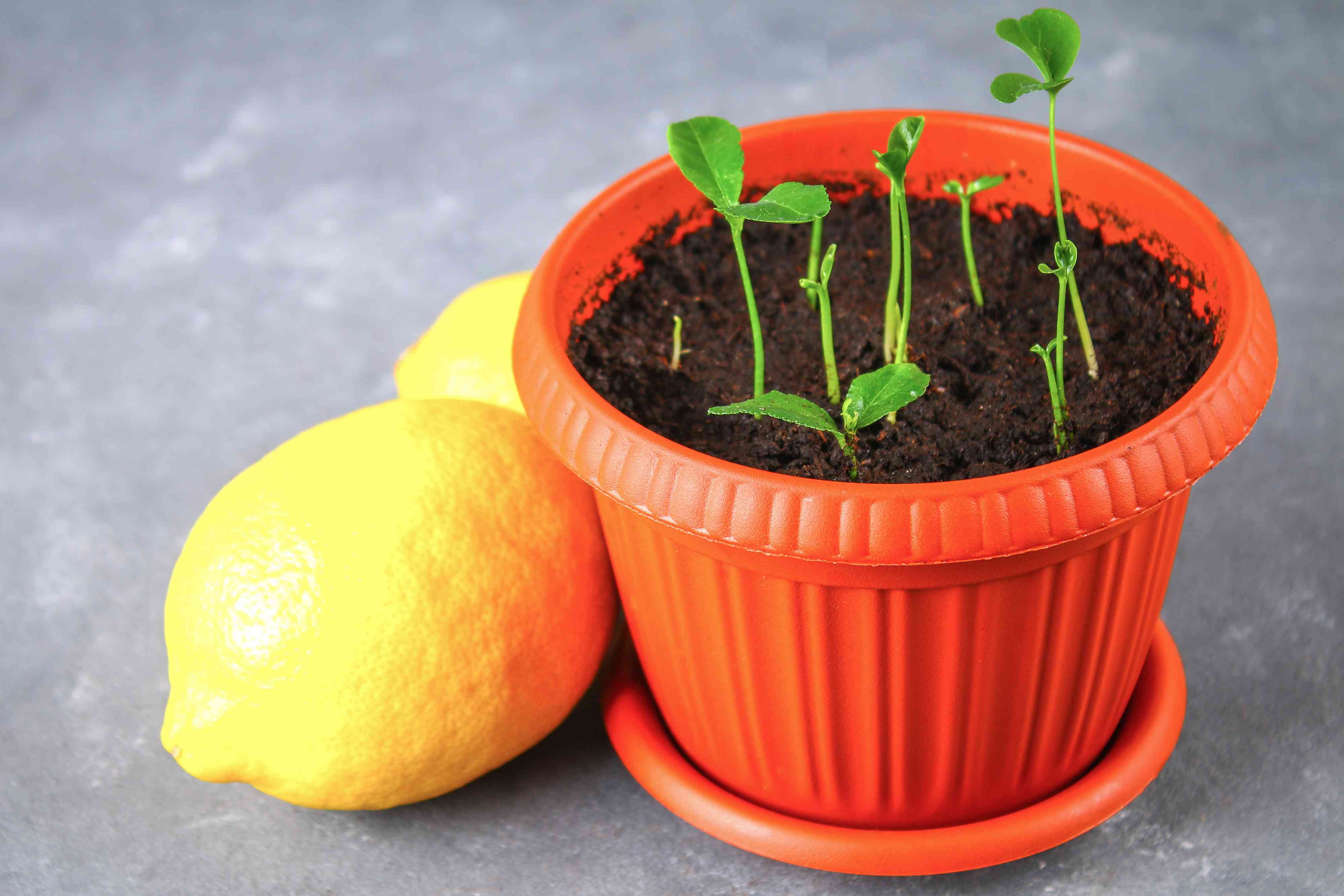
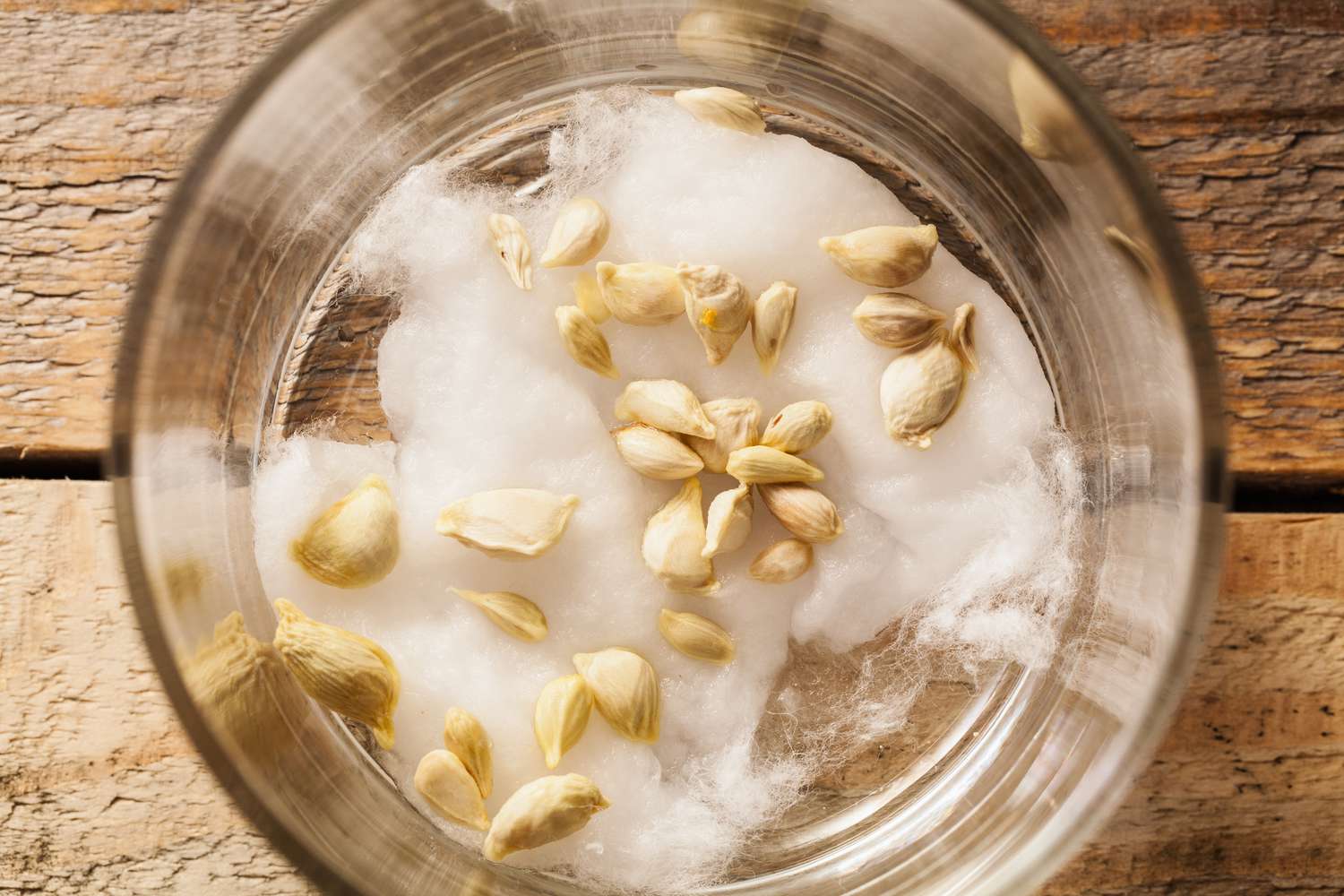
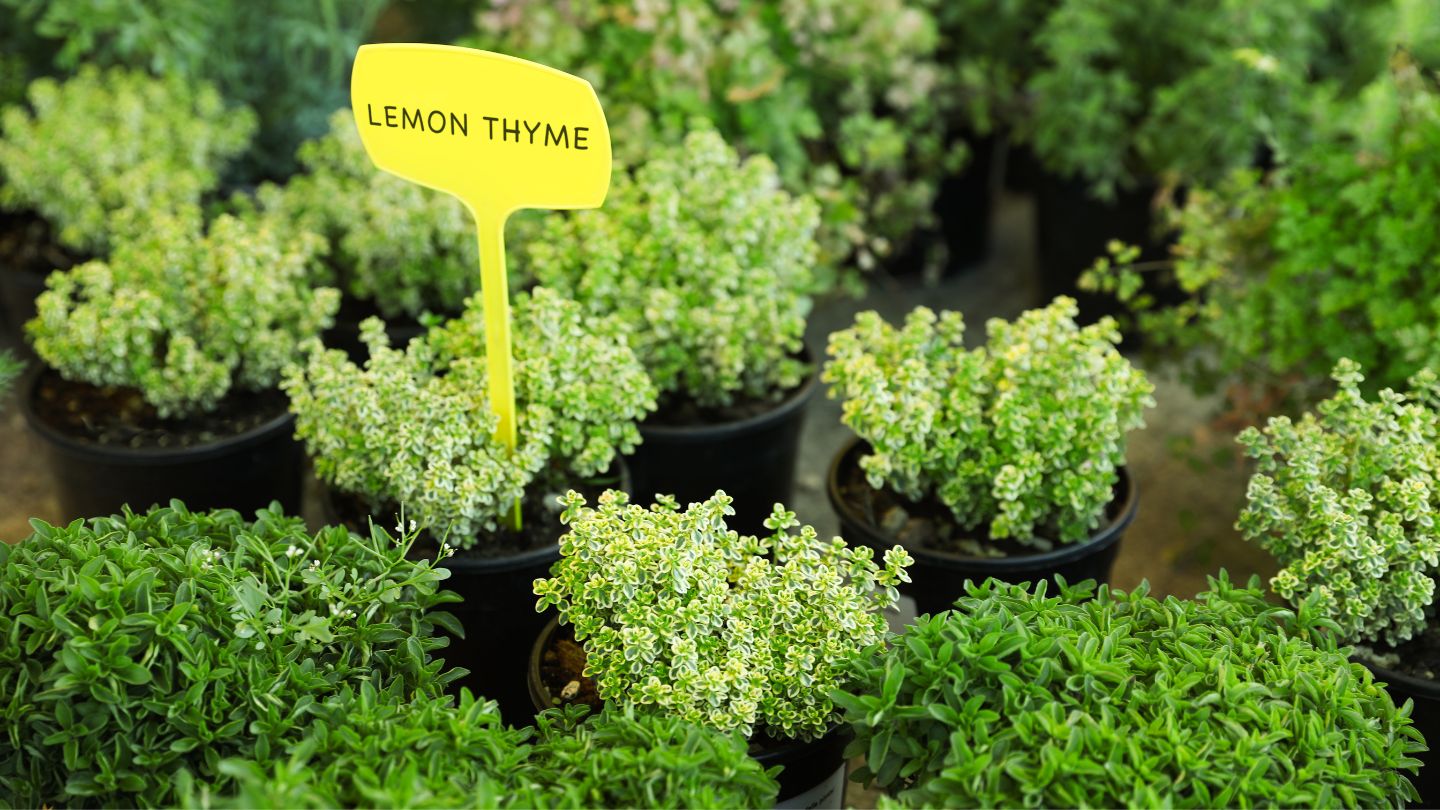
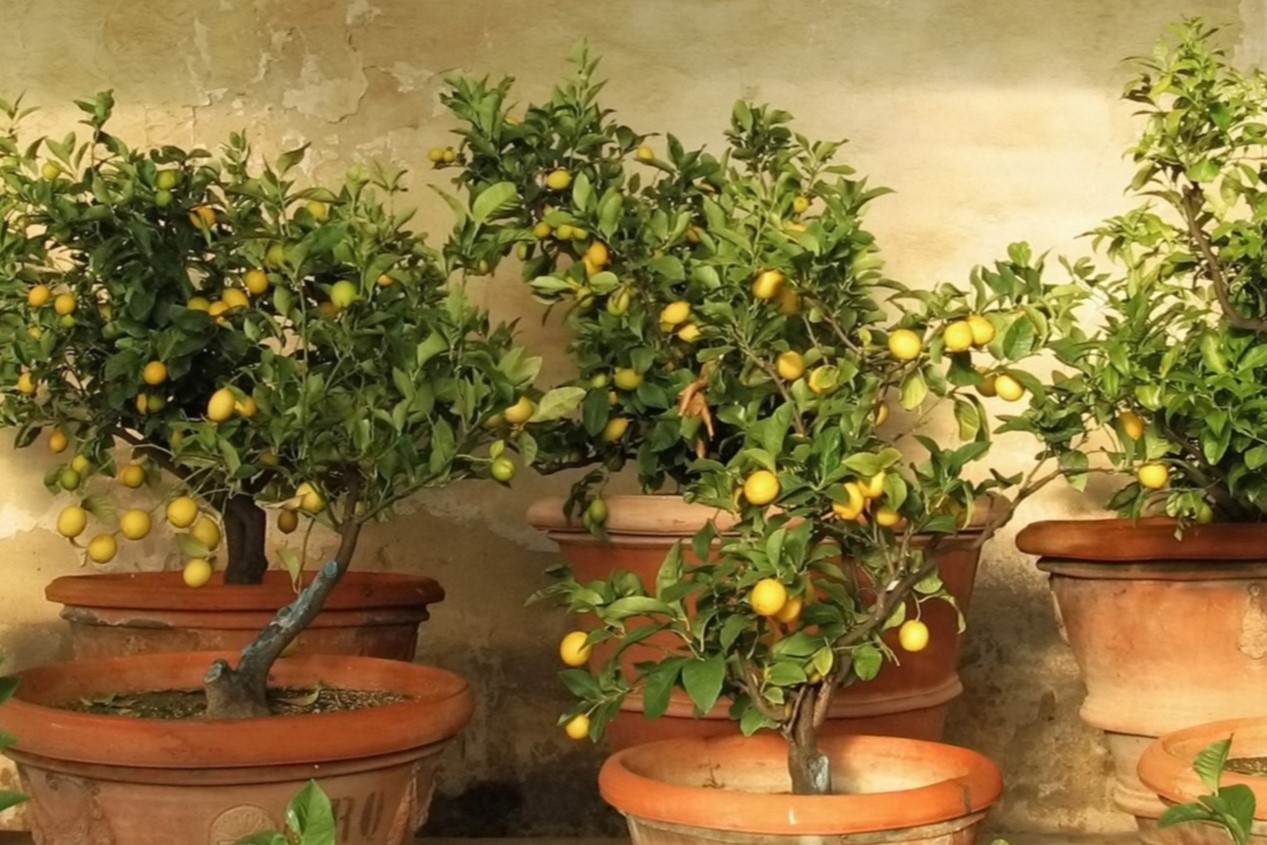

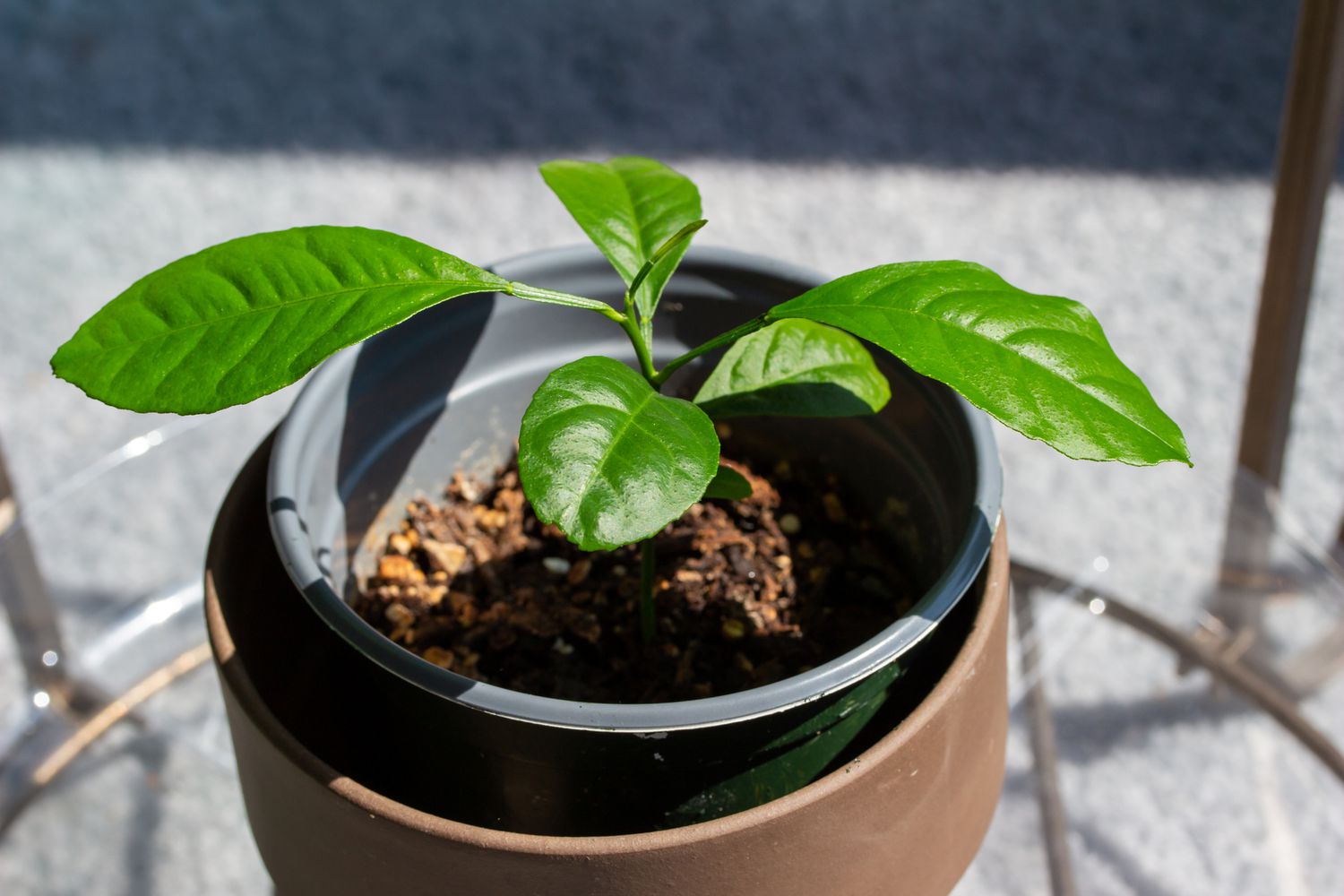
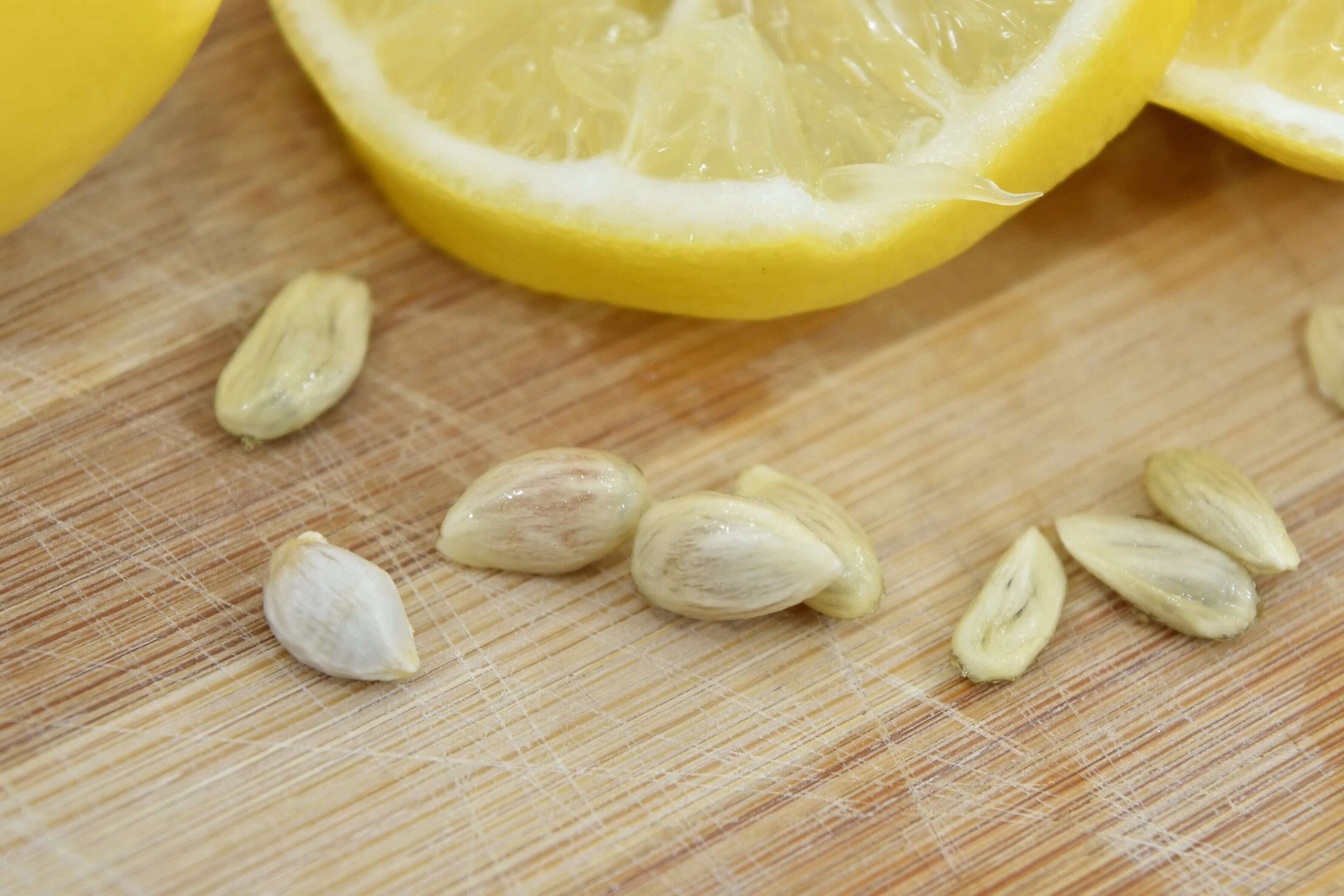
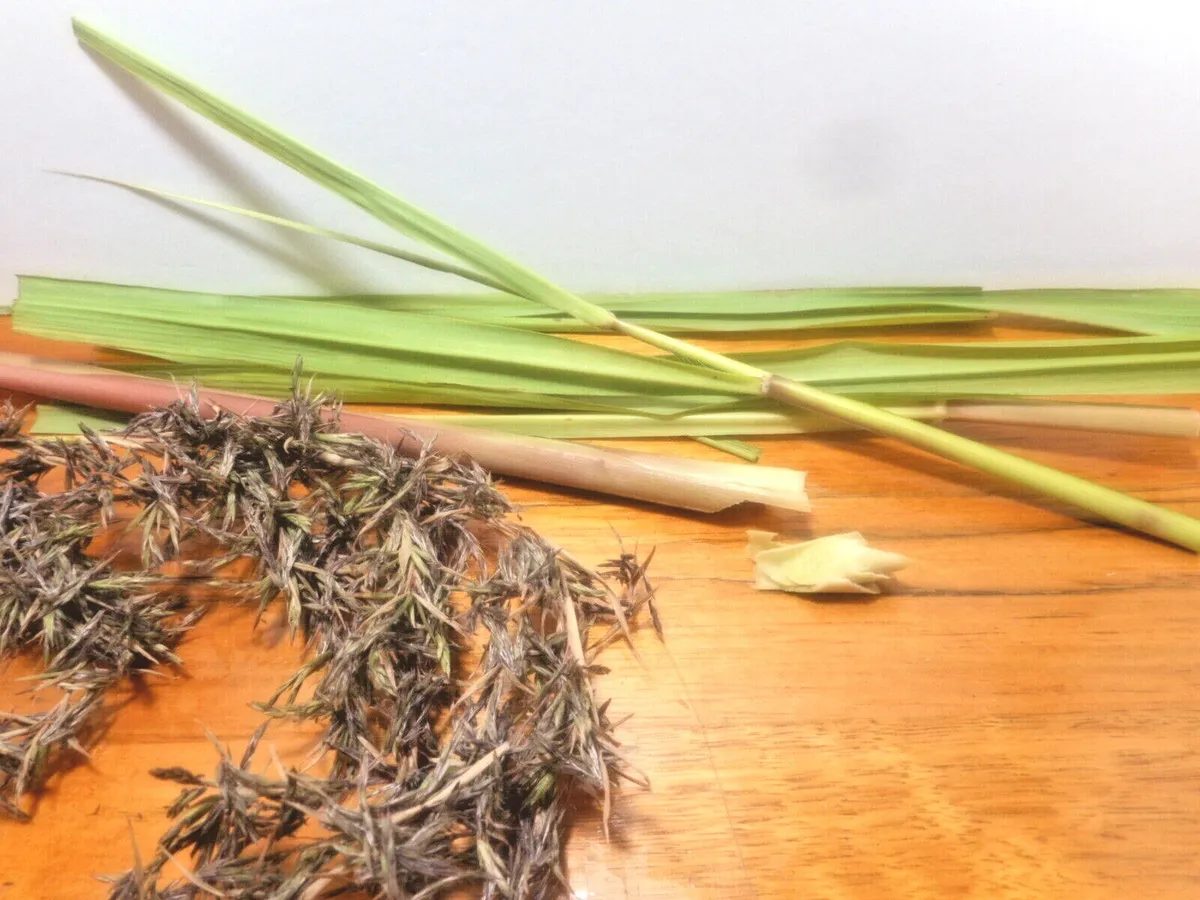

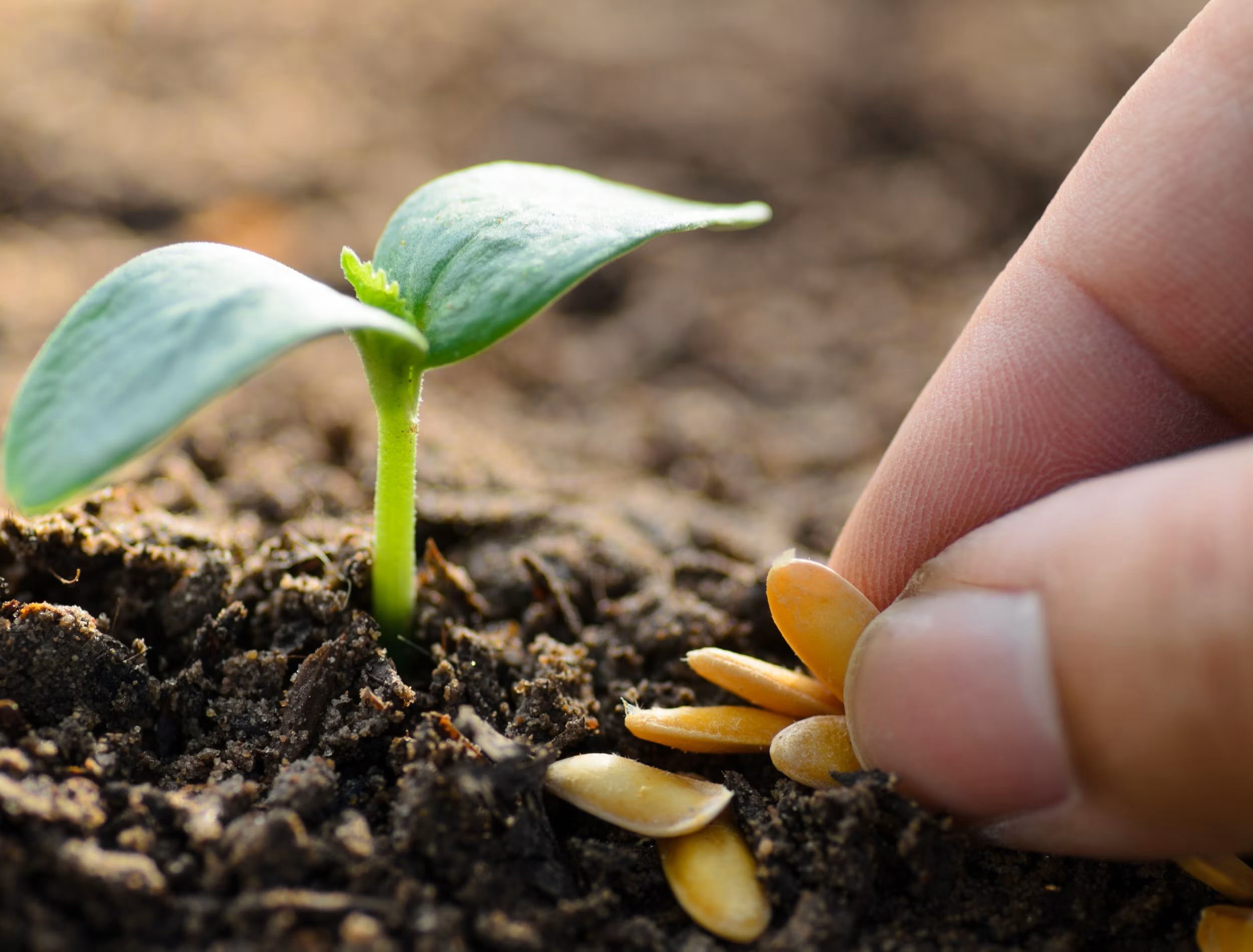
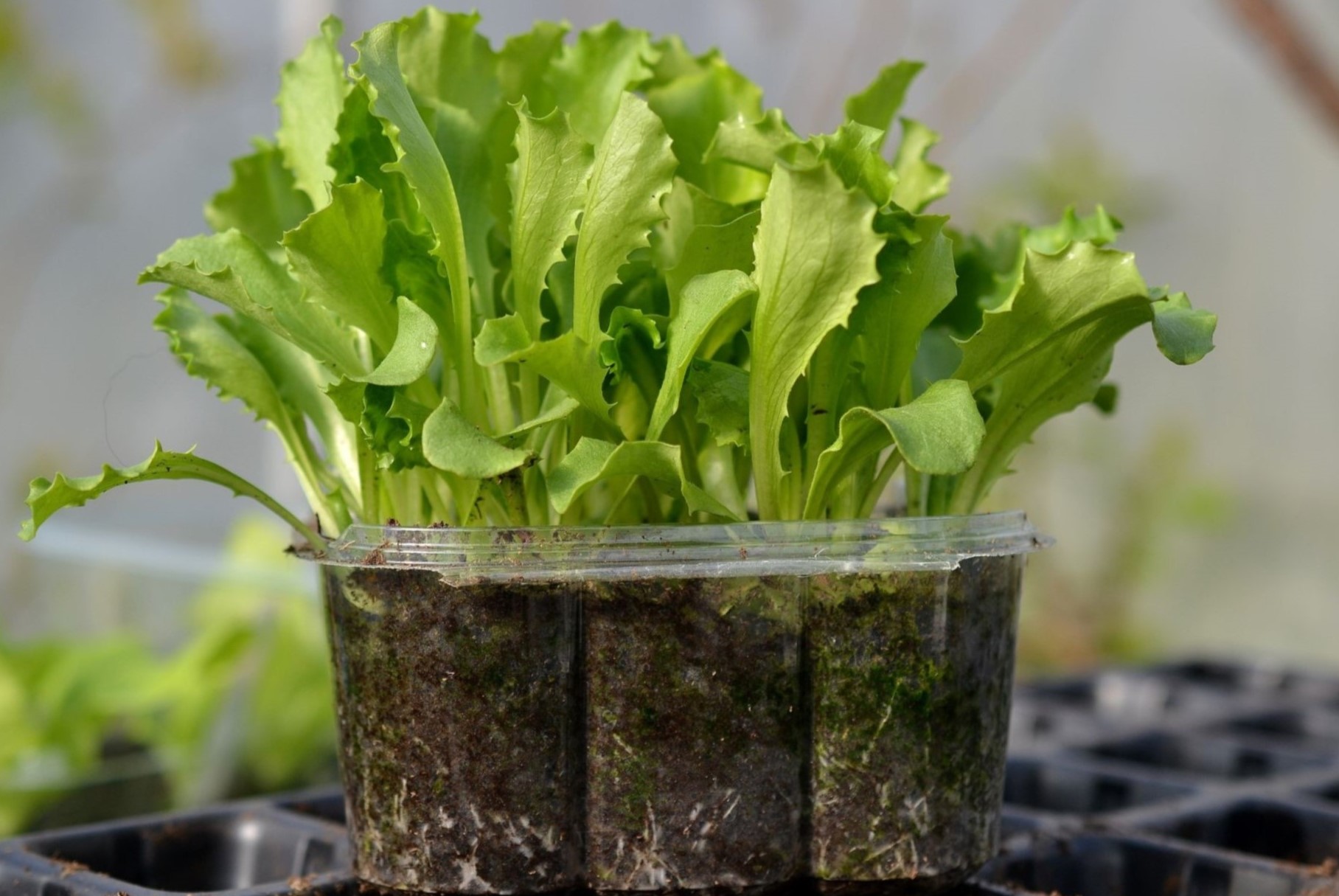
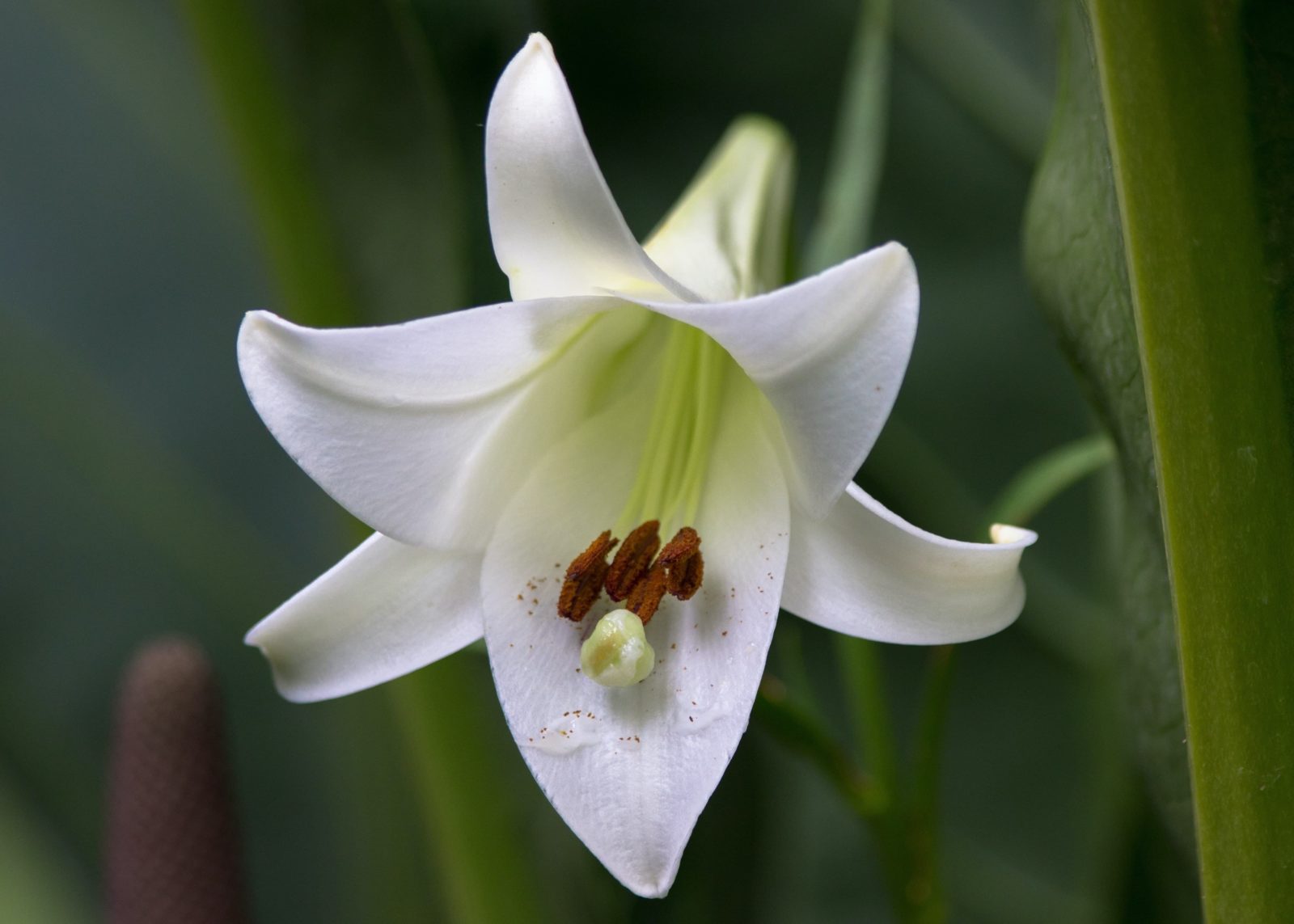
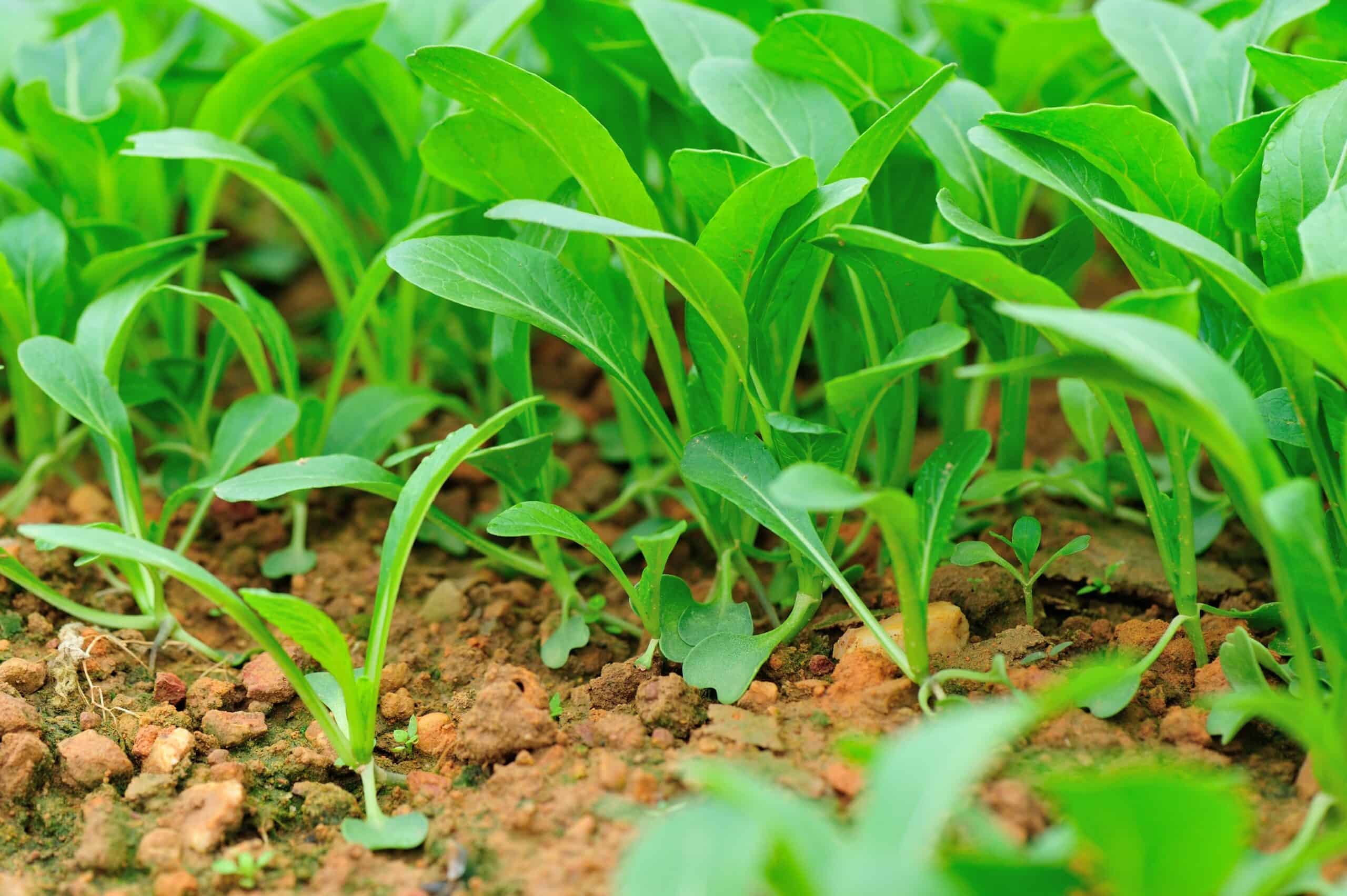

0 thoughts on “How To Grow Lemon Seeds”